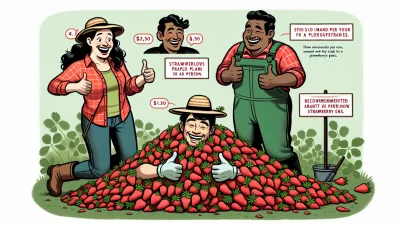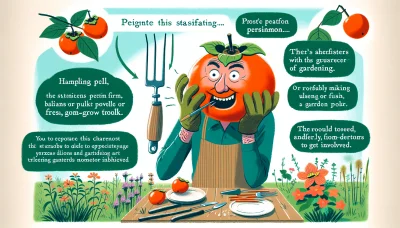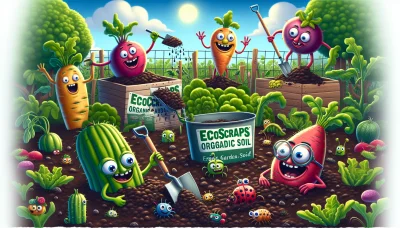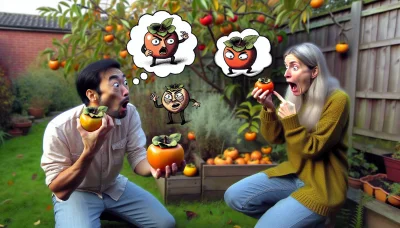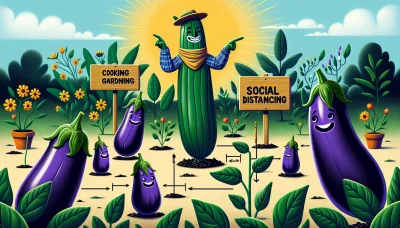Clematis bloom time Quiz
Test Your Knowledge
Question of
Understanding Clematis Bloom Time
For gardeners eager to cultivate clematis, comprehending the bloom time of these enchanting vines is crucial. Knowing when your clematis will bloom not only aids in planning a garden that remains vibrant and colorful throughout the seasons but also ensures the proper care and pruning methods are applied at the right times. This understanding can significantly impact the health and flowering performance of your clematis, leading to a more lush and visually appealing garden space.
Types of Clematis and Their Bloom Seasons
- Early-Flowering Clematis - Blooms in late winter to early spring (February to April)
- Midseason Clematis - Blooms in late spring to early summer (May to June)
- Late-Flowering Clematis - Blooms in late summer to early fall (July to October)
Factors Affecting Clematis Bloom Time
Clematis, a beloved climbing vine known for its vibrant flowers, has a bloom time that can significantly vary depending on several factors. Understanding these can help gardeners optimize the flowering period of their clematis plants.
One of the primary factors influencing clematis bloom time is climate . Clematis plants thrive in temperate regions, but their flowering time can be delayed or hastened by unusual weather patterns. For instance, a cooler spring might push the bloom time later, while an unusually warm spring could result in earlier blooms. Extreme temperatures, either hot or cold, can also impact the overall health of the plant, potentially affecting its ability to flower.
The planting zone is another critical factor. Clematis varieties are suited to different USDA hardiness zones, and selecting a plant that matches your local zone can ensure it blooms at the optimal time. Some varieties are more tolerant of cold or heat, which will influence not only when they bloom but also their growth vigor and bloom duration.
Proper care is also essential for encouraging clematis to flower. This includes watering , fertilizing , and pruning . Clematis plants prefer a moist, well-drained soil. Consistent watering is crucial, especially during dry spells, to promote healthy growth and flowering. Over or under-watering can stress the plant, affecting its bloom.
Fertilizing clematis with a balanced fertilizer helps provide the nutrients needed for flowering. Applying fertilizer in early spring and again in midsummer supports vigorous growth and can enhance bloom quality and quantity.
Pruning is perhaps one of the most complex aspects of clematis care, as different types of clematis require different pruning methods. Some varieties bloom on old wood, while others flower on new growth. Pruning at the wrong time or in the wrong way can inadvertently remove the current year's blooms, significantly affecting the flowering time and display.
In conclusion, the bloom time of clematis plants can be influenced by a variety of factors, including climate, planting zone, and the care they receive. By understanding and optimizing these factors, gardeners can enjoy the full beauty of their clematis vines throughout the growing season.
How to Plant and Care for Clematis
To ensure your clematis thrives and rewards you with abundant blooms, start by planting it in a location that receives at least six hours of sunlight daily, though some varieties can tolerate partial shade. The soil should be well-draining, fertile, and neutral to slightly alkaline. Planting the root ball 2-3 inches below the soil surface can help protect the plant and encourage sprouting from the base. Regular watering, especially during the first year, is crucial to establish a deep root system. Mulching helps retain moisture and keep the roots cool. Clematis benefits from annual pruning, which varies depending on the flowering group of your plant, to promote healthy growth and flowering. Feeding with a balanced fertilizer in early spring and again in midsummer supports vigorous growth and bloom production.
Pruning Clematis for Best Blooming
- Group 1: This group consists of early-flowering clematis that bloom on old wood. Pruning is minimal and should be done right after flowering to remove dead or weak stems. This ensures the plant focuses energy on healthy growth, potentially leading to a more vibrant display the following spring.
- Group 2: These clematis varieties bloom in late spring or early summer on short shoots developing from the previous year's growth and often have a second, lesser bloom in late summer on new growth. Pruning should be light, removing dead and weak stems in early spring and after the first bloom to encourage healthy shoots and a second flowering.
- Group 3: This group includes clematis that bloom in late summer on the current year's growth. Pruning is more aggressive, typically done in late winter or early spring. Cutting back the stems to a pair of strong buds about 6-12 inches above ground level encourages a lush growth spurt and abundant blooms.
Proper pruning, tailored to the clematis group, not only helps control the size and shape of the plant but also maximizes bloom quantity and quality, ensuring a spectacular display of flowers throughout the growing season.
Common Problems and Solutions for Clematis Blooms
Clematis, with its vibrant and diverse flowers, is a favorite among gardeners for adding a splash of color to trellises and walls. However, achieving a lush display requires overcoming a few common hurdles. Understanding these challenges is the first step towards ensuring your clematis thrives.
Pests: Aphids and spider mites are frequent culprits behind weakened clematis plants. These pests sap the plant's strength by feeding on its sap, which can lead to poor bloom quality. A solution is to regularly inspect your plants for these pests and apply organic insecticidal soap or neem oil treatments to infested areas. Ensuring your plants are well-watered and healthy can also make them less susceptible to pests.
Diseases: Clematis wilt is a notorious fungal disease that can cause sudden wilting and death of the plant. To combat this, it's crucial to plant clematis in well-drained soil and avoid wetting the foliage during watering. If wilt is detected, remove and destroy the affected parts immediately to prevent spread. Implementing a regular fungicide treatment as a preventive measure can also be beneficial.
Nutrient Deficiencies: Yellowing leaves and poor flowering can be signs of nutrient deficiencies, particularly a lack of nitrogen, phosphorus, or potassium. Applying a balanced, slow-release fertilizer in early spring can help address these deficiencies and promote healthy growth and vibrant blooms. Additionally, incorporating compost into the soil can improve nutrient availability and soil health.
By vigilantly monitoring for pests and diseases, providing the right nutrients, and ensuring good growing conditions, you can enjoy the full beauty of your clematis blooms throughout the season.
Maximizing Your Clematis Bloom Time
To ensure your clematis plants bloom beautifully and on time, start by selecting the right variety for your climate. Plant them in a location where they can enjoy ample sunlight with their roots in the shade, ensuring well-drained soil. Regular pruning, according to the specific needs of the clematis group you are growing, is crucial for promoting healthy blooms. Additionally, provide a consistent watering schedule and support their growth with a balanced fertilizer during the growing season. By following these key care steps, you can enjoy the vibrant and long-lasting flowers of your clematis plants.

